If I’m picking favorites (and I usually try not to), when it comes to Cabernet Sauvignon versus Cabernet Franc, I’m ‘Team Cabernet Franc.’ All day. While there are certainly many similarities between Cab Franc and Cab Sauvignon, there are also some notable differences. Cab Franc tends to be less tannic, a bit lighter bodied, with more notable acidity. Pesky green notes can sometimes show up, but a winemaker with a deft hand can tame the greenness. Spice and pepper notes are also common in Cab Franc. And one of the big things that puts a check in Cab Franc’s column for me is that it is incredibly food friendly. Like I said, Team Cab Franc here!
While widely associated with Bordeaux, Cab Franc actually originated in France’s Loire Valley. In Bordeaux, Cab Franc is typically blended with Cabernet Sauvignon and Merlot, but in the Loire Valley, it often stands alone. And while Cabernet Sauvignon is renowned the world over, DNA testing has actually shown that Cabernet Franc got it on with Sauvignon Blanc to produce Cabernet Sauvignon. In other words (if you’re a bit slow) Cabernet Franc and Sauvignon Blanc were somehow crossed and we ended up with Cabernet Sauvignon. So it’s time to show some respect for Cabernet Sauvignon’s dad (or mom). Testing has also shown that Cab Franc “mothered” or “fathered” Merlot and Carmenere as well. So see, we all have a lot to be thankful to Cab Franc for! And with December 4, aka Cabernet Franc Day upon us, I wanted to highlight some tasty Cabernet Franc around the world in places beyond France.
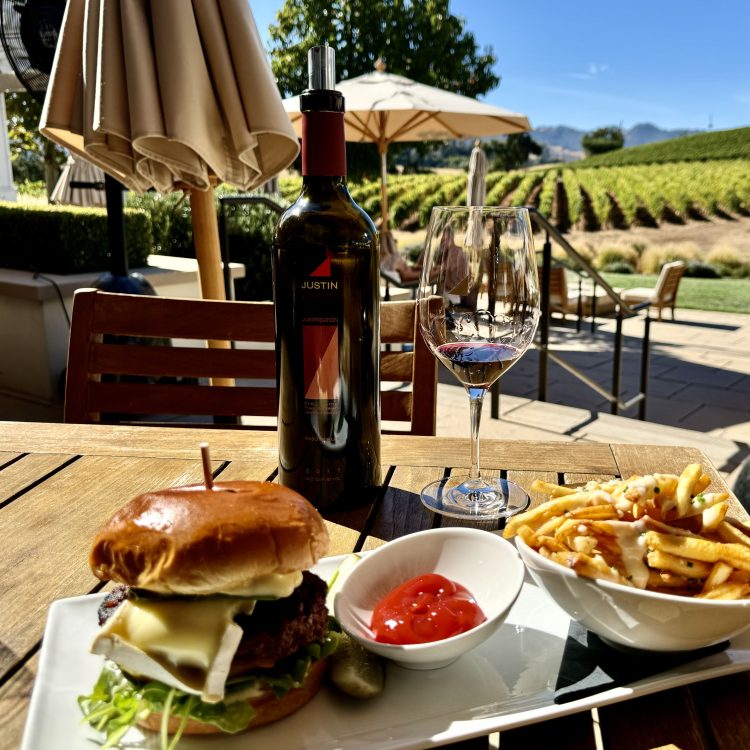
Aside from Loire and Bordeaux, Cabernet Franc is grown in the United States, Canada, Italy, Argentina, Chile, Spain, Croatia, Hungary, and beyond. In each place, it adapts to different climates and expresses diverse flavor profiles.
North America
Cab Franc is produced throughout the Americas. In the U.S., it is grown in California, Michigan, Virginia, New York, and Washington State. I can personally attest to the great Cab Franc in Virginia having tasted a few different ones during past trips there. And if you’ve been around this blog for a while, you know I have mad love for Washington wine and the folks at Avennia craft a wonderful Cab Franc. I’m fact, I’ve loved everything I’ve had from their portfolio. I’ve been holding my last bottle of Cab Franc from them hostage.
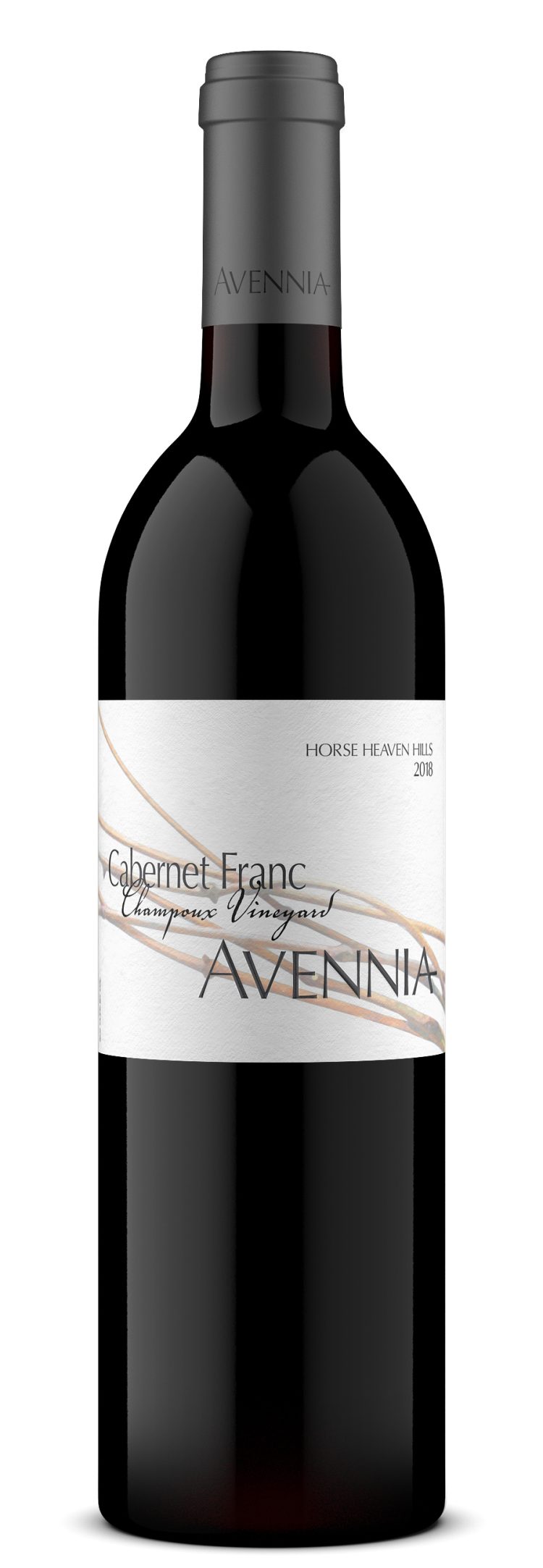
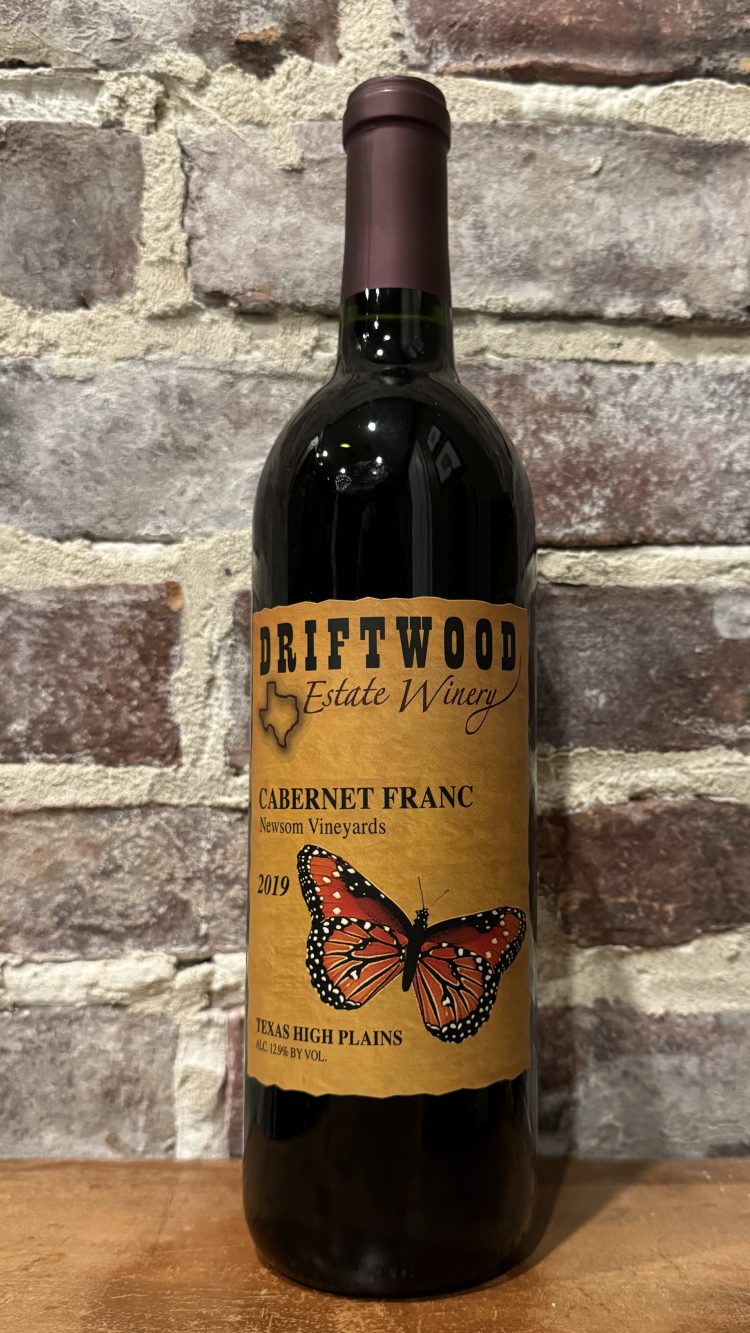
Of course, I had to rep Texas, which also grows a little Cab Franc. There are small pockets of Texas where Bordeaux varietals grow well which leads to excellent examples of Cab Franc. The folks at Driftwood Estate Winery (who I visited during my recent trip to Dripping Springs) make a really tasty one that’s full of dark red and blue fruits, with smooth tannins.
When it comes to Cali, I’ve had the opportunity to enjoy some great ones from Paso Robles. I mean, who knew, Paso?! The folks at Dracaena Wines (the founders of Cab Franc Day) produce excellent versions and I’ve enjoyed many vintages of their Cab Franc. Similarly, Justin Vineyards crafts an excellent blend called Justification with Cab Franc as a leading varietal. Yes, I know this isn’t a varietal Cab Franc, but it shows through so beautifully in the blend. Going through my pics, I’ve been enjoying this one since the 2014 vintage and it never disappoints. I had the 2017 just a few weeks ago and it was drinking beautifully and the most recent for me, the 2021, was outstanding.

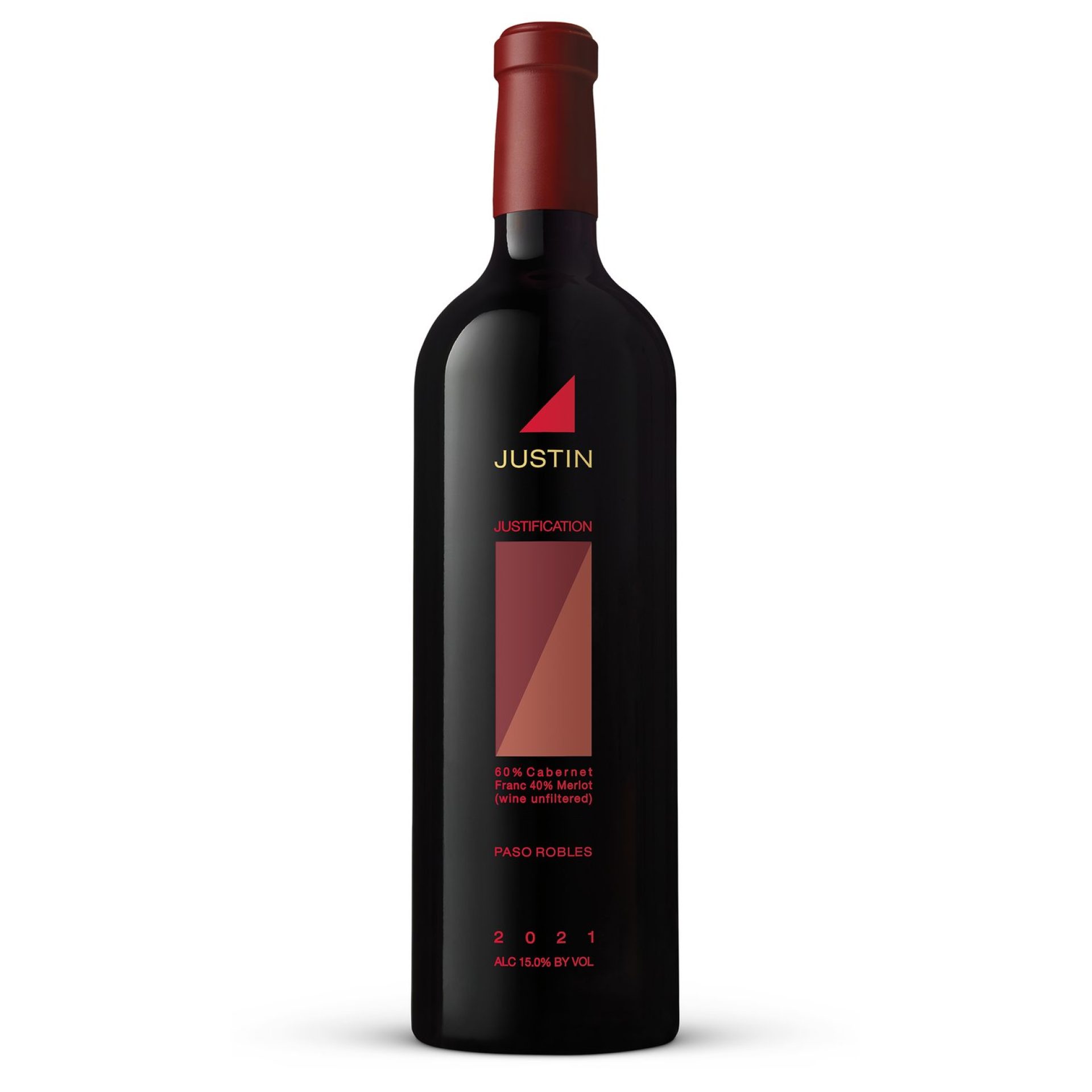
Even Canada, particularly in the Niagara Peninsula of Ontario, is growing really distinctive Cab Franc. The grape thrives in the cool climate, producing wines that often display a vibrant acidity, medium to full body, and a range of flavors. Ontario’s Cabernet Franc wines typically showcase notes of red berries, 8cherries, and sometimes herbal or spicy elements. Winemakers in this region have been increasingly recognizing the potential of Cabernet Franc, and it has become one of the signature red varieties in Canadian wine production. The cooler climate contributes to wines with a good balance of fruit character and acidity.
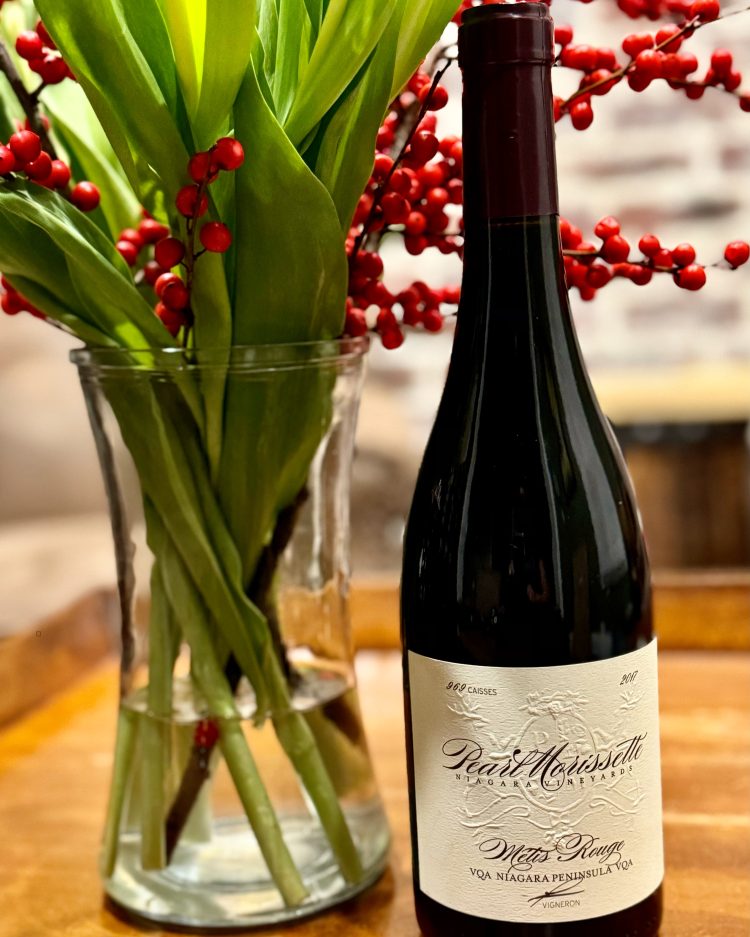
I was particularly excited to find the Pearl Morrissette Metis Rouge, Niagara from a local wine shop, which is a classic representation of wines of the region.
South America
Cabernet Franc is also cultivated in various wine regions in South America. In Argentina, it is grown in several areas, including the Mendoza region, which is renowned for its high-altitude vineyards. One excellent version comes from the folks at Domaine Bousquet whose organic Gaia line features a delicious one with juicy black fruit characteristics.
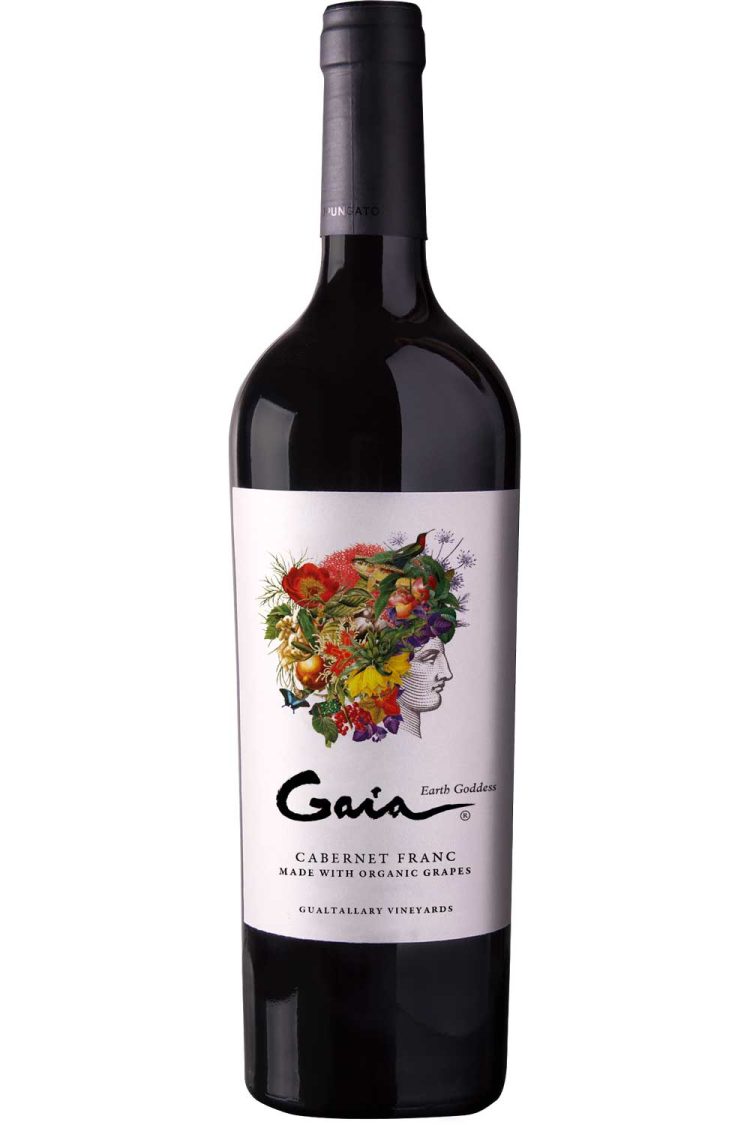
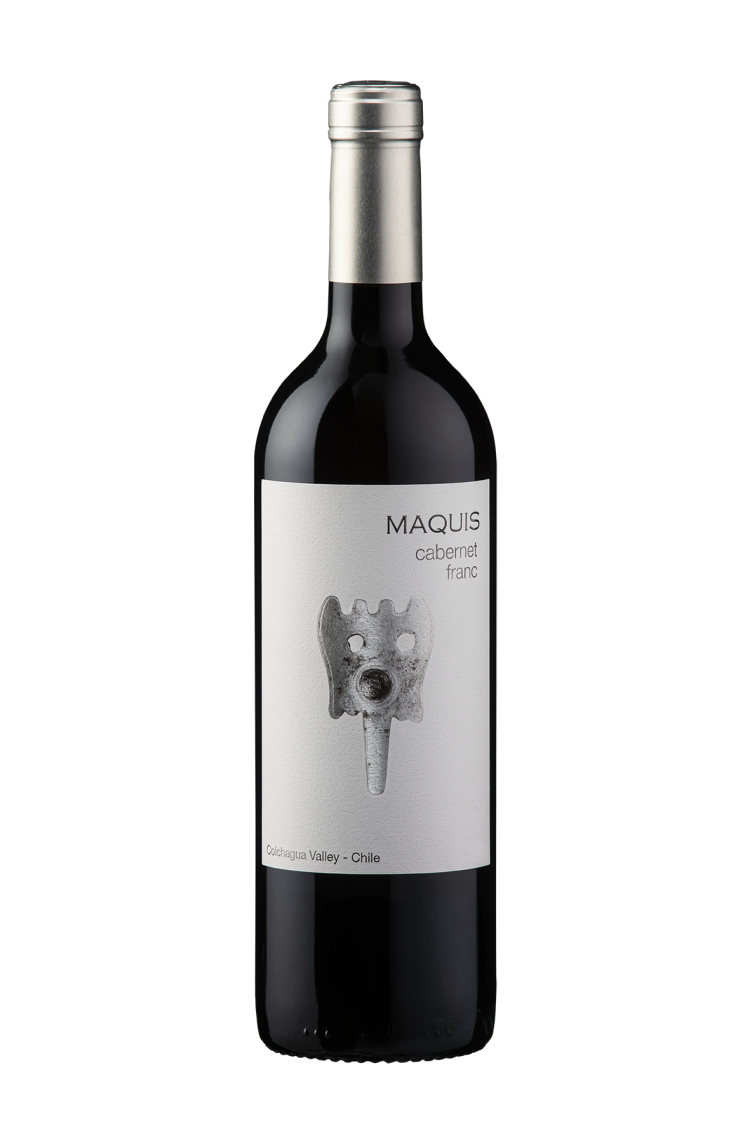
In Chile, Cabernet Franc wines often exhibit a combination of red fruit flavors like raspberries and cherries, along with herbal and sometimes spicy notes. It’s grown in various regions throughout the country, with versions from the Maipo Valley and Colchagua Valley offering really distinct characteristics. The Maquis Gran Reserva Cabernet Franc offers great quality for amazing value with its $16 price tag.
Cab Franc even shows up in Uruguay. The climate and terroir in Uruguay contribute to wines that often display a good balance between acidity and ripe fruit flavors. Uruguay’s relatively mild climate allows the grape to ripen well, contributing to wines with a certain elegance and freshness. Uruguay’s unique wine regions, such as Canelones and Colonia (where I had such a great visit many years ago), play a role in shaping the specific characteristics of Cabernet Franc grown in the country.
To be sure, all three countries showcase the grape’s ability to adapt to different climates, resulting in wines that express the unique terroir of their respective vineyard sites.
Europe
So yeah, no need for me to talk about France or the other usual suspects here. Let’s talk about unusual places producing great Cab Franc.
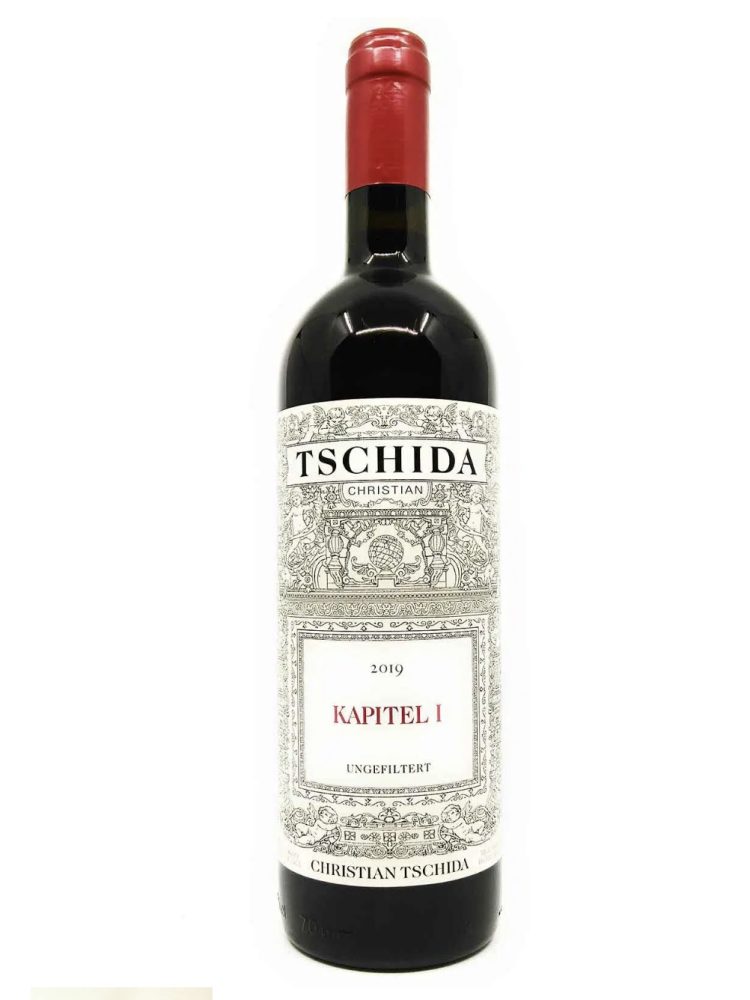
While Austria (y’all know I loves my Austrian wine after a couple of visits there) is not traditionally known for Cabernet Franc, there are some producers who in recent years have begun to produce it. Christian Tschida, an Austrian winemaker, is known for producing natural wines with a focus on minimal intervention and organic practices. His wines often exhibit a distinct and unconventional character. Tschida’s portfolio includes a variety of grape varieties, and each wine reflects the specific terroir of the vineyard. One producer doing great things with Cab Franc is Austria is Christian Tschida. Tschida is known with producing so called “natural or low intervention wines. The wines are known for their vibrant acidity, pronounced fruit flavors, and a unique expression of the grape variety. The Kapitel I is an iconic expression of Cab Franc. The grapes are hand harvested, destemmed, and crushed by foot. Indigenous yeasts, no racking, and bottling without fining or filtering and no addition of sulfur ensures a wine in its most natural state.
As I learned during a visit a few years ago, delicious Cab Franc is also being made in Croatia. Istria is particularly known for its Cab Franc, and producers like Franc Arman have a deft hand in creating elegant versions.
I hope you take the time to explore and discover Cabernet Franc around the world. And hopefully, you’ll discover how special and unique a varietal it is.

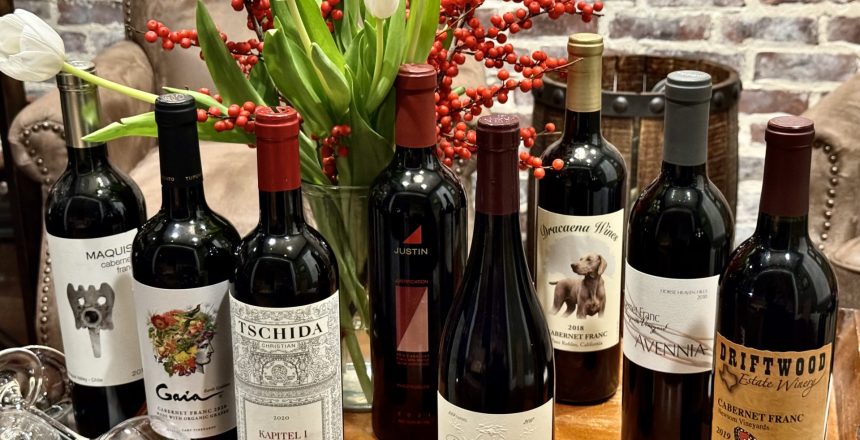
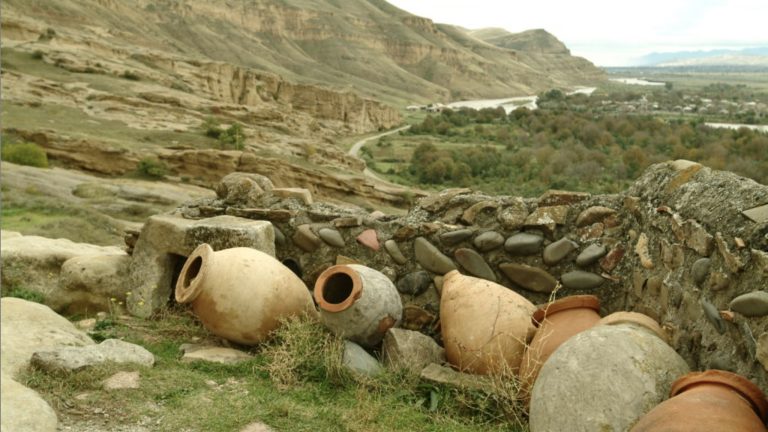
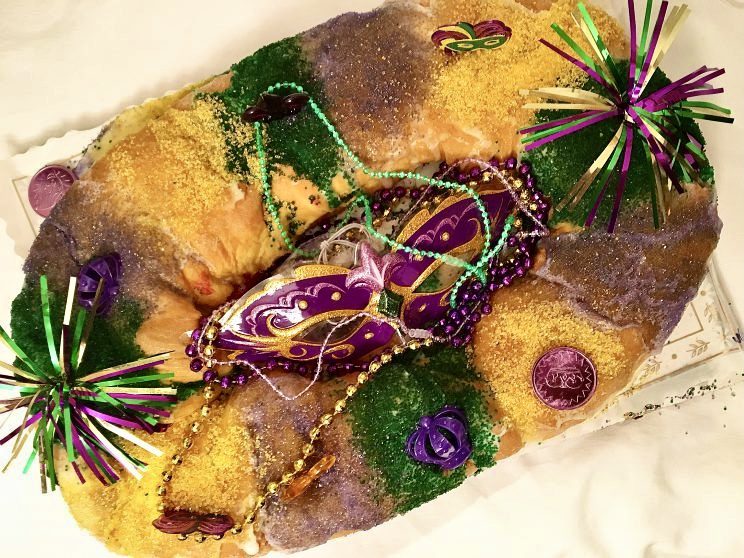
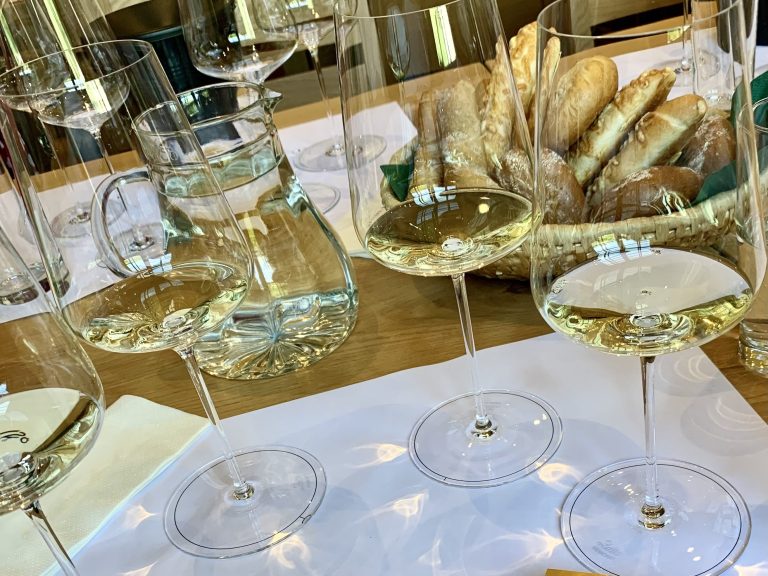

2 Comments
Lori
•4 months ago
Thank you so much for your support of not only Dracaena Wines, but also Cab Franc Day. It warms our soul to see how much Cabernet Franc is loved out there!
Kat
•4 months ago
It’s definitely great to see all the Cab Franc love out there.